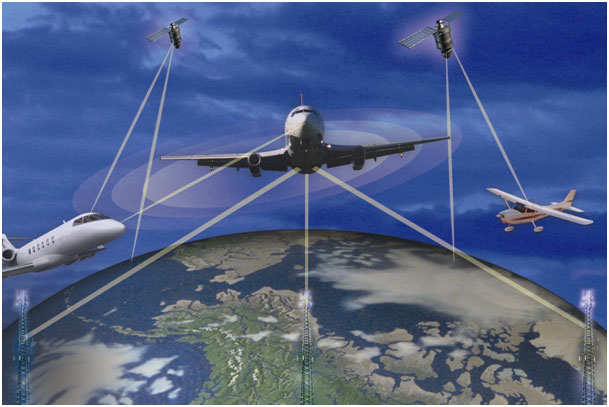One of the biggest buzzwords in aviation today is ADS-B, which stands for Automatic Dependent Surveillance-Broadcast. Automatic Dependent Surveillance-Broadcast is an important concept and communications feature of aircraft when it comes to NEXTGEN air traffic modernization. And the FAA has issued a requirement that any aircraft in operation should be capable of ADS-B Out communication if it uses a Mode C transponder. Aircraft must be equipped before or by January 1, 2020, which has equipment suppliers and aircraft operators alike scrambling to find a cost-effective way to comply.

This form of aircraft communication involves broadcasting an aircraft’s vital data including location, altitude, and airspeed, once above 10,000 ft. This information is gathered using GPS technology and is sent both to ground stations and to other aircraft flying nearby. The new FAA initiative is intended to improve air traffic management, by allowing controllers to know exact real time locations of aircraft.
Although ADS-B “Out” capabilities will be mandated, ADS-B “In” is not required by the FAA. This enhancement will permit aircraft operators to receive data regarding weather and air traffic from ground stations and location, altitude, and airspeed information from other aircraft.
Though acquiring the ability to be on the receiving end of this information is not required, such capabilities do provide aircraft operators with important information that can improve their situational awareness while in flight.
This new FAA rule will not have any impact on transponder requirements already in place. Aircraft will need to continue meeting current transponder requirements, even while meeting the new broadcast communication requirement.
The FAA is not dictating making the new broadcast communication capabilities a requirement for safety’s sake. Rather, the new requirement is meant to further FAA efforts to support the NextGEN (Next Generation Air Transportation) System. The FAA has made statements indicating the ADS-B requirement may not have a significant impact on aircraft safety, but it will promote familiarity with NextGEN technology among aircraft operators and owners.

The new broadcast communication requirement may require aircraft owners to make purchases on high cost avionics equipment. This has led some to bemoan certain financial obstacles created by the requirement in light of the fact that the avionics equipment necessary for this broadcast capability doesn’t offer any obvious benefits to general aviation operators.
The general aviation community is waiting to see if the FAA will adjust requirements of this new mandate to recognize concerns for the financial demand that the new ADS-B requirement entails that have been raised–or if equipment manufacturers will step up to the plate with a low-cost option. We’re guessing the later…
[ulp id=’BE6pmlq8yQI913DS’]

